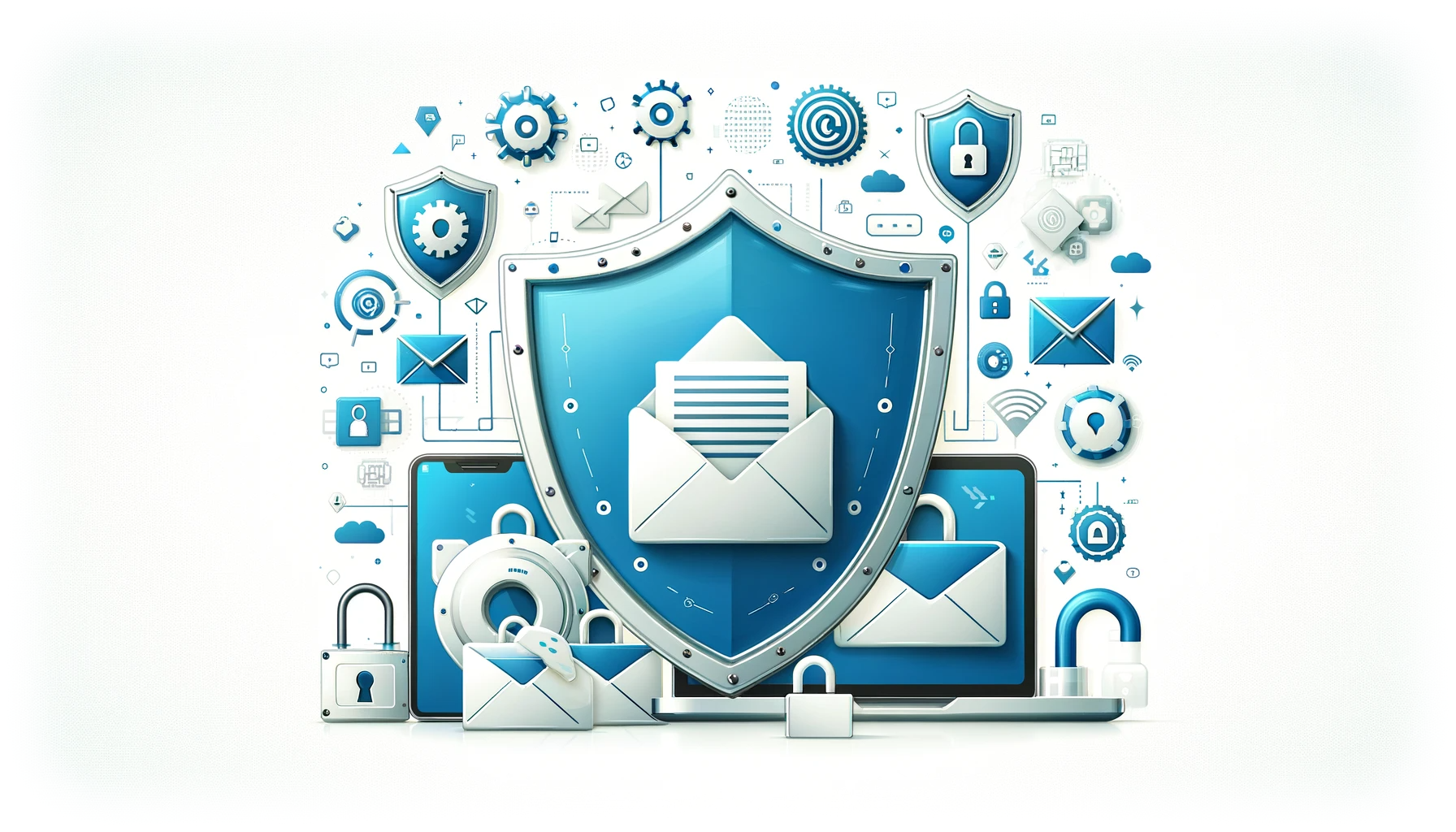Table of Contents

The Hidden Dangers in Your Email: File Types to Avoid for Cybersecurity
Emails are a common medium for communication, but they can also be a gateway for cyber threats. In this post, we delve into the types of email attachments that pose risks and why it's crucial to stay vigilant. Understanding these risks is key to protecting your personal and organizational data from malicious attacks.
Why Be Cautious with Email Attachments?
Email attachments have long been a favored tool for cybercriminals to distribute malware and execute harmful scripts. These files, once opened, can compromise your computer's security and integrity. Therefore, it's vital to recognize and avoid opening potentially dangerous file types.
File Types to Watch Out For
- Executable Files (.exe, .bat, .cmd, .scr, .pif): These can run programs that may harm your computer. They are often used to execute malicious code.
- Script Files (.vbs, .js, .ps1, .sh): Similar to executables, these can run commands on your system and are often used for nefarious purposes.
- Office Documents with Macros (.docm, .xlsm, .pptm): Macros can be used to execute malicious code. Always be cautious with Office documents that support macros.
- Compressed Files (.zip, .rar, .7z): These might contain dangerous files. Exercise caution when extracting contents, especially from unknown sources.
- System Files (.dll, .sys, .drv): Essential for system functionality, but malicious versions can compromise your computer.
- Shortcut Files (.lnk): Can be modified to run harmful scripts or programs.
- PDF Files (.pdf): Can be crafted to exploit vulnerabilities in PDF readers.
- Email Files (.eml, .msg): May contain malicious content or be used to bypass security.
- HTML Files (.htm, .html): Can contain harmful JavaScript or lead to malicious websites.
- Disk Image Files (.iso, .img): These can contain any of the above file types and are potentially dangerous.
Best Practices for Email Safety
To safeguard your data and system:
- Avoid opening attachments from unknown or untrustworthy sources.
- Keep your antivirus software updated.
- Regularly update your operating system and software to fix security loopholes.
- Disable macros in Office documents and enable them only when necessary.
- Consider using a sandbox environment for opening suspicious files.
Conclusion
Email attachments can be a significant security risk. By being aware of the types of files that pose a threat and practicing caution, you can significantly reduce the risk of falling victim to cyber-attacks. Stay informed, stay vigilant, and prioritize your cybersecurity.
Tags

Discussion
lkjh